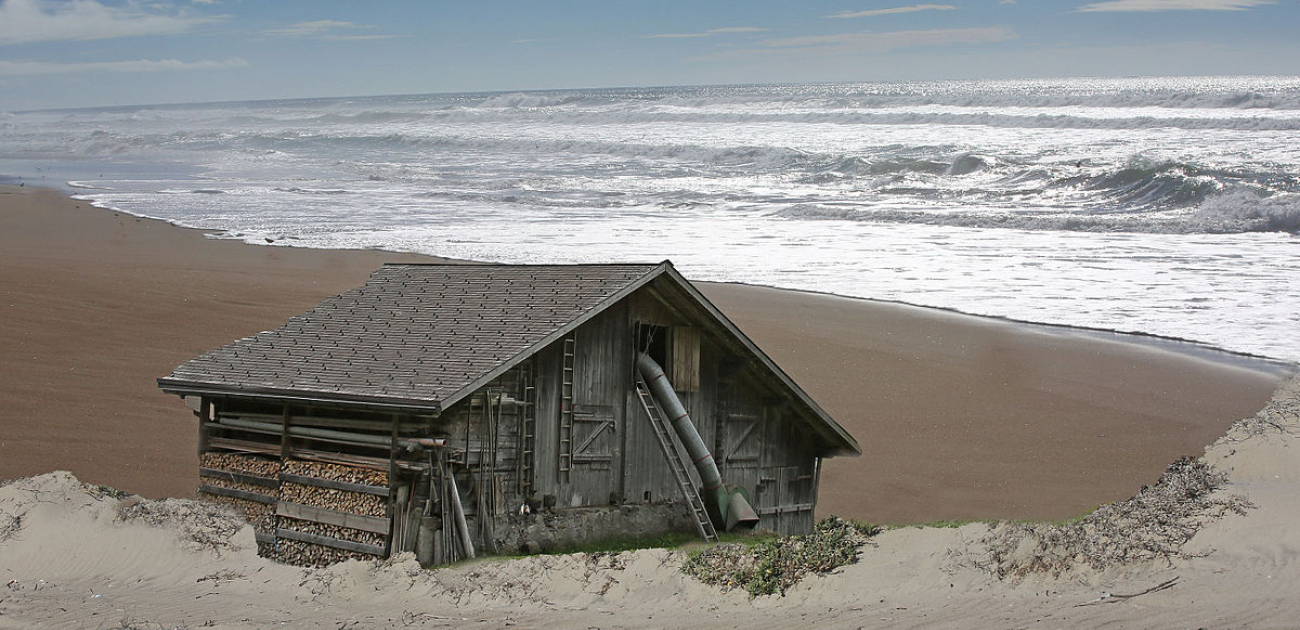Comments on the Supreme Court Ruling on the Amortization of Properties Acquired by Inheritance or Donation
We commented a few months ago, the unfair situation of taxpayers who had acquired a property by inheritance or donation.
To focus the problem in a simple way and as a reminder, it should be noted that the AEAT had started a campaign of personal income tax checks in relation to the treatment that should be given to the amortization of the properties acquired free of charge.
What was the campaign about? Well, in that the Treasury did not admit the 3% amortization calculated on the greater amount between the one declared in the acquisition deed or the cadastral value. That is to say: it did not admit what had always been done and had been considered correct.
In exchange for canceling said amortization, what did the Treasury propose to do? Well, amortize only on the taxes (what is paid for donation or inheritance tax) and the expenses inherent to the acquisition (for example, those of a notary).
What was it based on? Well, in distinguishing two terms that had always been considered synonymous and that were “acquisition cost” and “acquisition value”. And as the Personal Income Tax Law in its article 23 indicated that it should be amortized over the acquisition cost paid, in lucrative acquisitions (donations and successions) this cost was limited to almost nothing.
As we already exemplified in its day, the matter was economically important. To be understood: it was necessary to decide whether a construction that has been declared (and settled) in an inheritance or in a donation, for € 200,000 was amortized:
at 3% of said amount plus the sum of the tax paid for inheritance and donations (ISD), the IIVTNU, notary and registration expenses borne (that is, a minimum expense of € 6,000 is obtained)
or only 3% on the sum of the inheritance and donation tax (ISD), the IIVTNU, notary and registration expenses (which in the previous example for comparison purposes would represent an expense of almost € 0).
On a value of € 200,000, there will be € 6,000 of annual expense or almost € 0 of annual expense. This was the question.
But being this very serious, three issues were even worse:
The first is that the verification campaign affected exercises such as 2017, at which time this new interpretation had not yet been expressed by the Treasury (the first binding consultations are from 2019).
Secondly, the verification campaign was started and continued knowing that numerous Courts were annulling this criterion ((the TEAR of Valencia in its resolution of November 26, 2020, the TEAR of Andalusia in its resolution of December 11, 2020 , The Supreme Court of the Valencian Community in a judgment of May 30, 2019, June 30, 2020 and November 26, 2020, the Supreme Court of the Basque Country in a judgment of June 12, 2016, the Andalusian Supreme Court in a judgment of 12 March 2019 and December 11, 2020, ...) and very especially, that the Supreme Court was waiting to resolve a cassation appeal that it had already filed in this regard (5664/2019).
Third, the decision to be adopted by taxpayers was even more complicated, but not in the face of past years with presentations already made, but rather in view of the imminence of the new income campaign last May / June and doubts about how to act.
Wouldn't it have been more ethical and simple, knowing that the Supreme Court ruling was imminent, to wait to initiate provisional and parallel liquidations, after the High Court decided your appeal?
Be that as it may, the AEAT did not wait.
But the Supreme Court has already ruled in the very recent ruling No. 1130/2021 of last September 15, 2021. And I reproduce his own words because they could not be clearer:
"The very structure and coherence of the standard leads to the understanding that -the acquisition cost satisfied- necessarily includes the value of the property itself, that is, the term cost is used as a synonym for acquisition value"
To add:
"The law does not distinguish between properties acquired for consideration or for free, in both cases, as it cannot be otherwise due to the absence of distinction in both cases"
"Reducing in free acquisitions the amortization of the expenses incurred and taxes paid for their acquisition, undermines the normative forecast at all points, it does not know the correct meaning of amortization as a unique concept since it is not possible to define amortization or depreciation as an expense. of the value of the real estate and dispense with the value of said property to calculate the expenses to be deducted, and introduces the incoherence of contrasting different magnitudes with a reduction in logic and own regulatory system ”.
To finally conclude that:
"Establishment of doctrine on article 23.1.b) of the LIRPF and its projection to the specific case:
Having said the above, the correct interpretation of art. 23.1.b) of the LIRPF is, as stated in the judgment of instance, the one that understands that to calculate the determination of the net yield the amounts destined to the amortization of the property and of the other assets assigned with it will be deducted, provided that they respond to their effective depreciation, under the conditions that are determined by regulation, and in the case of properties acquired free of charge at the acquisition cost paid The value of the asset acquired in application of the rules on Inheritance or Gift Tax is included.
In short: good news for affected taxpayers, who from now on are clear about the tax path to follow. And for those who won the bad lottery of having had a check, the way is opened to obtain a favorable resolution and recover the money that may have further advanced their interests.
Do you want more information?
 Salvador Balcells i Iranzo
Salvador Balcells i IranzoOne of the things Mr. Balcells like most about his job is when you get a safe, legal and fair tax situation for the sake of the taxpayer's tranquility and economy, both in previous structuring and planning, and when certain criteria have to be defended before Tax administration.

